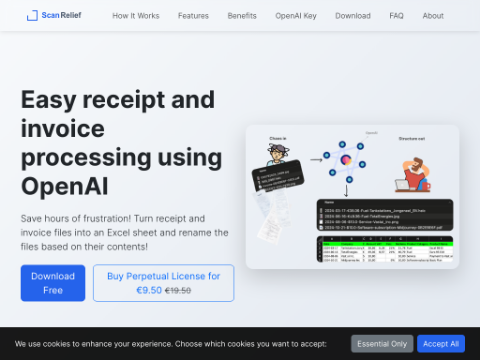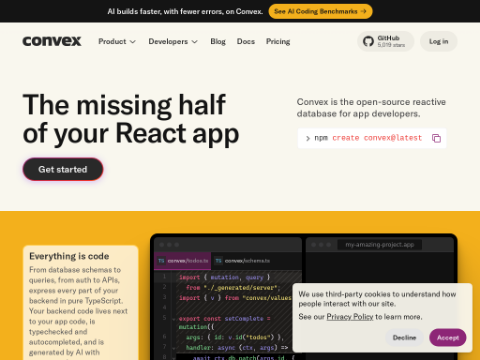At the beginning of last year, OpenAI successfully raised a staggering $10 billion. However, within just 18 months, the company had spent most of this amount. As a result, they were forced to raise an additional $6.6 billion and plan to borrow another $4 billion to sustain operations.
According to projections, OpenAI is expected to face another cash crunch in about 18 months. The San Francisco-based startup is currently spending over $5.4 billion annually. More astonishingly, by 2029, OpenAI's annual expenses are projected to reach an astounding $37.5 billion.
The escalating costs at OpenAI signal a potential major shift in the company's structure. Initially founded as a non-profit research lab, OpenAI will need to raise billions of dollars in additional funding over the next few years. The company's executives believe that transitioning to a for-profit entity will make it more appealing to investors.
From a broader perspective, artificial intelligence has significantly disrupted the way computer technology is developed. For decades, engineers in Silicon Valley have been accustomed to designing new technologies incrementally, writing code line by line to build applications like Facebook or e-commerce sites like Amazon. Each line of code was carefully crafted to define the application's functionality.
However, in the development of AI systems, companies have adopted a fundamentally different approach: they start with large-scale construction, feeding massive amounts of data into the system. The more data the system processes, the more powerful it becomes. This is similar to how students gain knowledge by reading more books; AI systems improve their capabilities by absorbing a wider range of data. For example, chatbots like ChatGPT enhance their abilities by learning from almost all the English text available on the internet.








